Blog | 20 Dicembre 2017 | Fabio Ciarla

Don’t call it Giacchè. Well, maybe you can.
Giacchè was the traditional red grape variety of winemakers in Cerveteri (a town northwest of Rome) to make the best wine until about ten years ago, when international varietals began to take its place given their wide appeal in the commercial market. I specifically stated that it “was” that grape variety for two reasons. First, because recent DNA analyses have confirmed that it is not a new varietal at all; it is in fact the well-known Lambrusco Maestri. Second, because Casale Cento Corvi registered the name for a wine it has produced since 2013, thereby securing its exclusive right to use the “Giacchè” appellative.
News of the unveiling of an historic vertical tasting of Giacchè can be found in the Corriere del Vino, whereas on BigHunter you can read a review of the bottled wine. But at this point, the problem is: what name will producers in Cerveteri give their wine if the goal is to capture the potential of the most important grape variety of the area?
For Casale Cento Corvi the challenge doesn’t exist, as they’ll continue to produce Giacchè and indicate on the back label that the varietal is Lambrusco Maestri. Other producers are at a crossroads; either they’ll call it Lambrusco Maestri or they’ll come up with a new name – provided it’s not Giacchè – and specify on the back label that the varietal is Lambrusco Maestri. At any rate, they’ll be obliged to abandon any sort of connection to the traditions of their fathers and grandfathers. This is not a trifle; in fact, I believe that it will prove difficult to market a “Lambrusco” from Lazio, albeit radically different from the one produced in Emilia(-Romagna). Perhaps it would have been easier to unite all the producers under a common, traditional, distinctive and original brand such as “Giacchè”? The enormous and laudable efforts of Casale Cento Corvi to rediscover and breathe new life into this varietal, through financing the research and struggling to find the right balance between cultivation and vinification, may prove to have been in vain. The fact that other producers cannot call their wine Giacchè implies that they may elect not to produce Giacchè/Lambrusco Maestri at all. What’s at stake is not only the identification between Giacchè and Cerveteri; that is, one of the primary goals set out by Costantino Collacciani for Casale Cento Corvi, but also the varietal itself, as it is unlikely that a sole producer can succeed in embodying the expression of an entire territory.
And this would be a shame. On the basis of the vertical tasting that I took part in, without even factoring in the experimentation and great skill that Casale Cento Corvi have demonstrated, this varietal has vast potential. A Lambrusco utterly different from the sparkling varieties produced in Emilia, with full body, distinctive intensity and ageing potential while maintaining an expression of the local territory.
Following are some notes from the vertical tasting held in the spectacular “Banditaccia” Etruscan necropolis, Cerveteri’s Unesco world heritage site:
Giacchè 2005
Still considered an experimental year (the first was 2003), it offers some complex expressions together with balsamic and chocolate notes. The same on the palate, with strong acidity and light body.
Giacchè 2009
Faint woodsmoke notes on the nose, but fresh. Crisp and a bit grippy, with elegant tannins and a lasting finish.
Giacchè 2010
A late harvest year, the result is warm and round on the nose with persistent acidity. Elegant with an extensive finish on the palate.
Giacchè 2011
A hot and dry year gives this wine sweetness on the nose, less acidity and more structure. On the palate it seems very young, both in consistency and appeal.
Giacchè 2012
First year under new leadership, with Giorgia Collacciani (Fiorenzo’s daughter and Costantino’s sister) in the cellar with traditional chestnut barrels alongside the barriques. Specific changes are made; namely a decrease in residual sugar, which results in an immediately apparent but measured lush sensation, perhaps more austere on the nose than preceding years. Tannic but soft on the palate, with a less persistent finish than previous years.
Giacchè 2013
The year marked by a biodynamic approach, then abandoned, at least in part. The first year of spontaneous fermentations. Imposing aromas from the chestnut on the nose, notes of petroleum that return in the mouth as astringent, and a bitter finish that, at least at this moment, make this year less appealing. I would suggest giving it additional time in order to enjoy it at its fullest.
Wine intended to become Giacchè 2015 (vat sample)
Obviously crisp and fruit forward. Tannins dominate on the palate, but there is also good acidity. It promises to be an exceptional year of high quality.
Wine intended to become Giacchè 2017 (vat sample)
A pure exercise in style? Perhaps, but not entirely. Fermentation aromas mask only in part the fruit, but the lingering finish is noteworthy, making it the most distinctive trait of this wine . . . or perhaps of the varietal in its expression of Cerveteri’s terroir? Who knows . . .


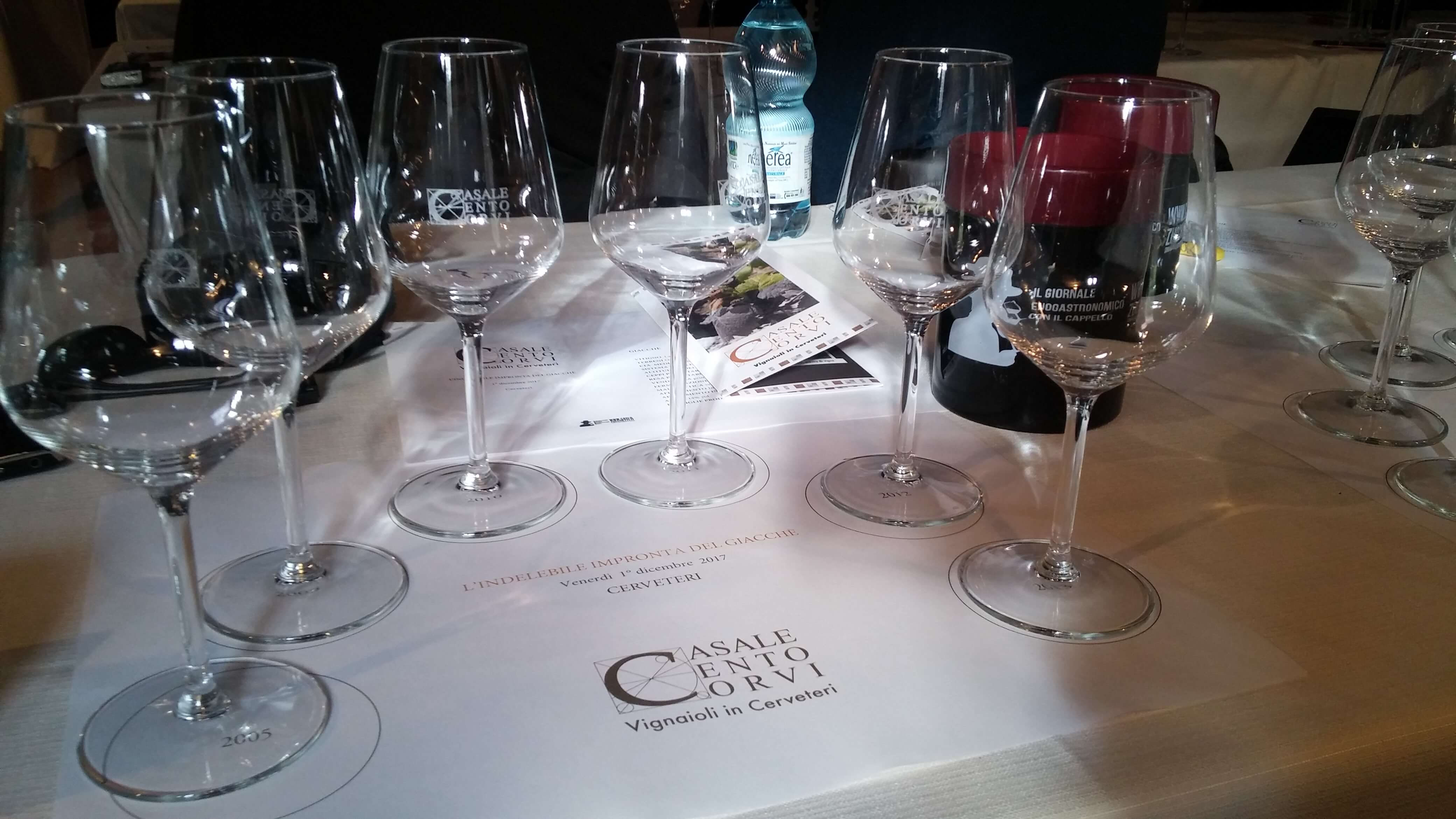
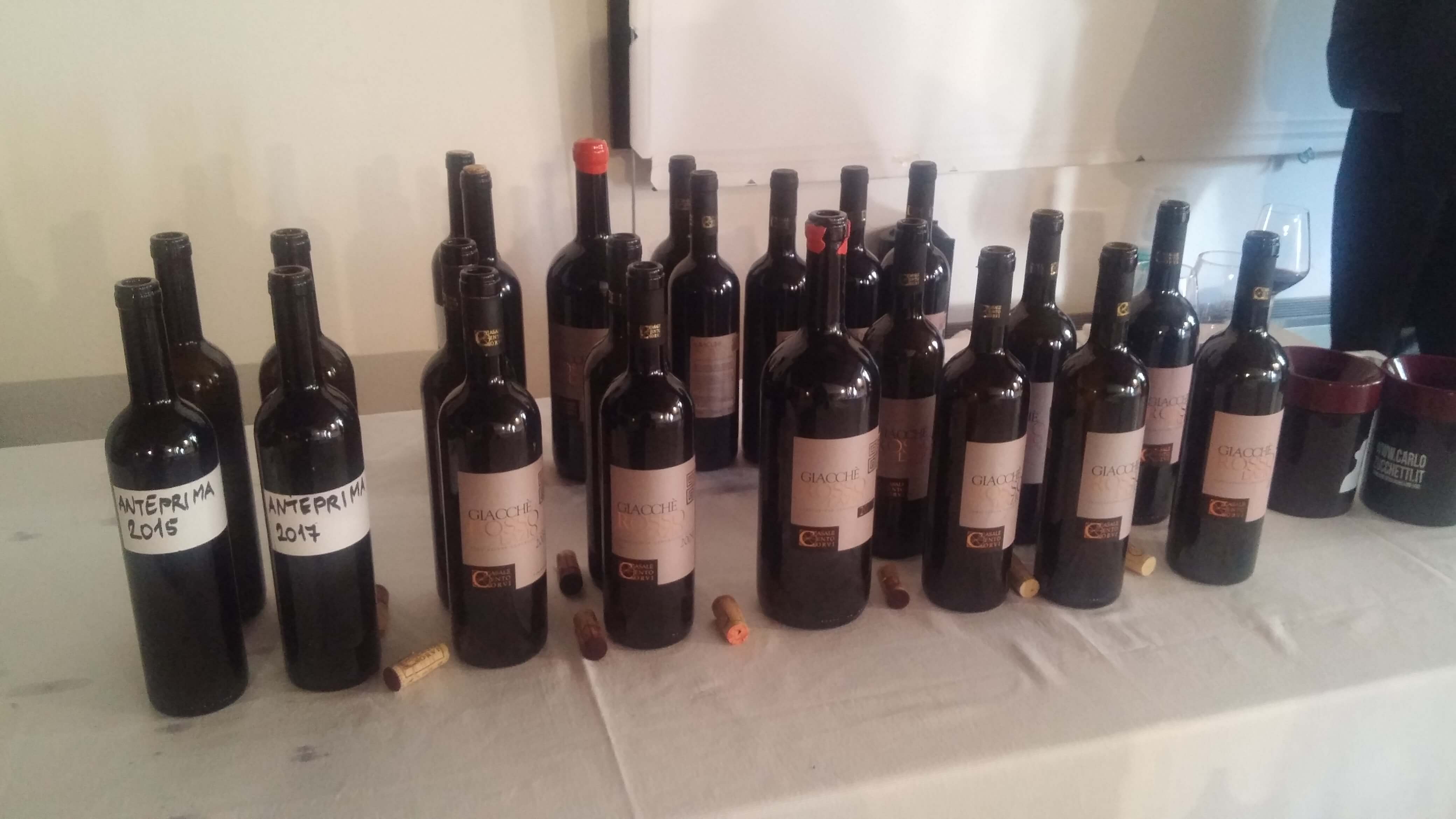
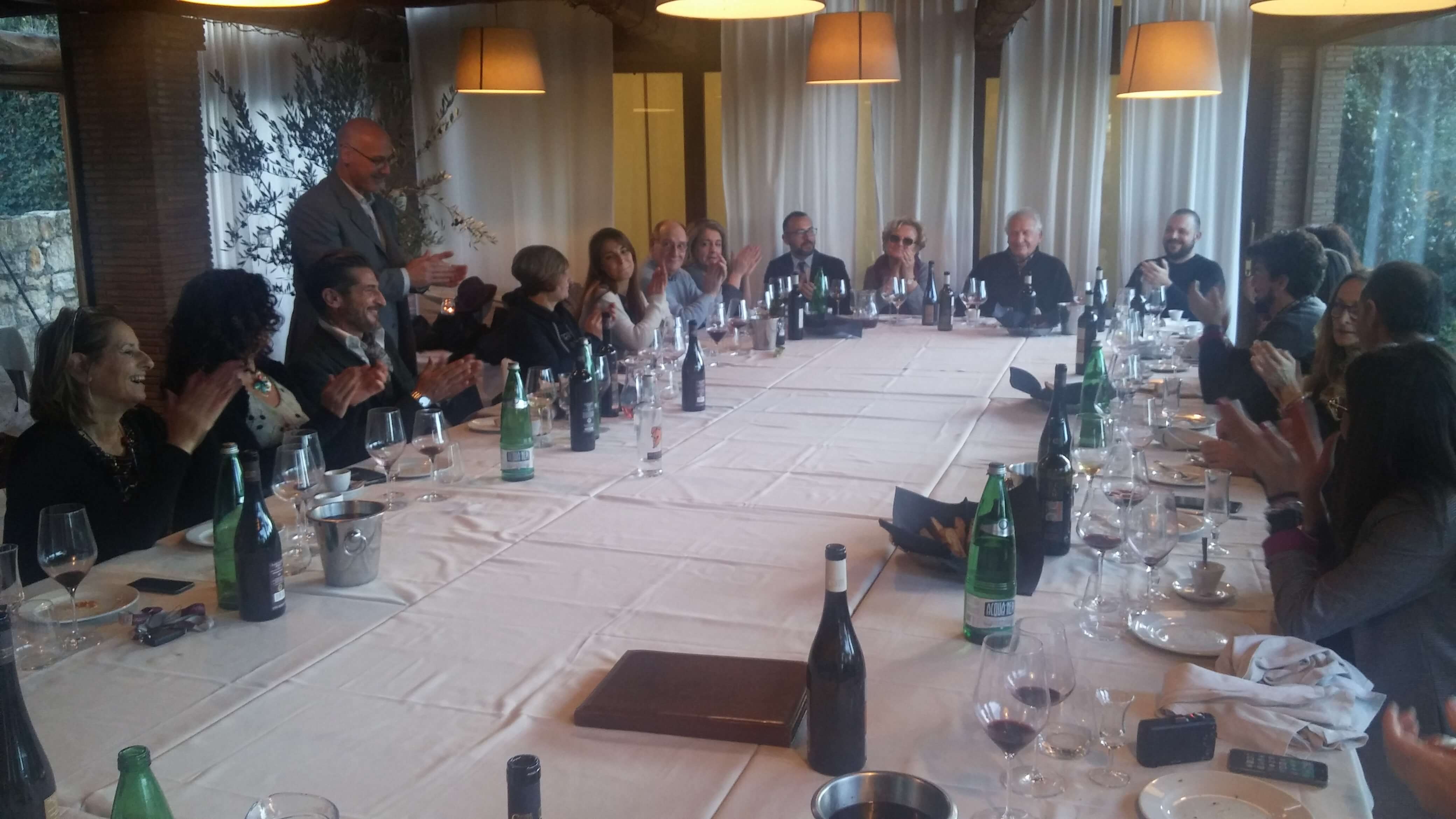
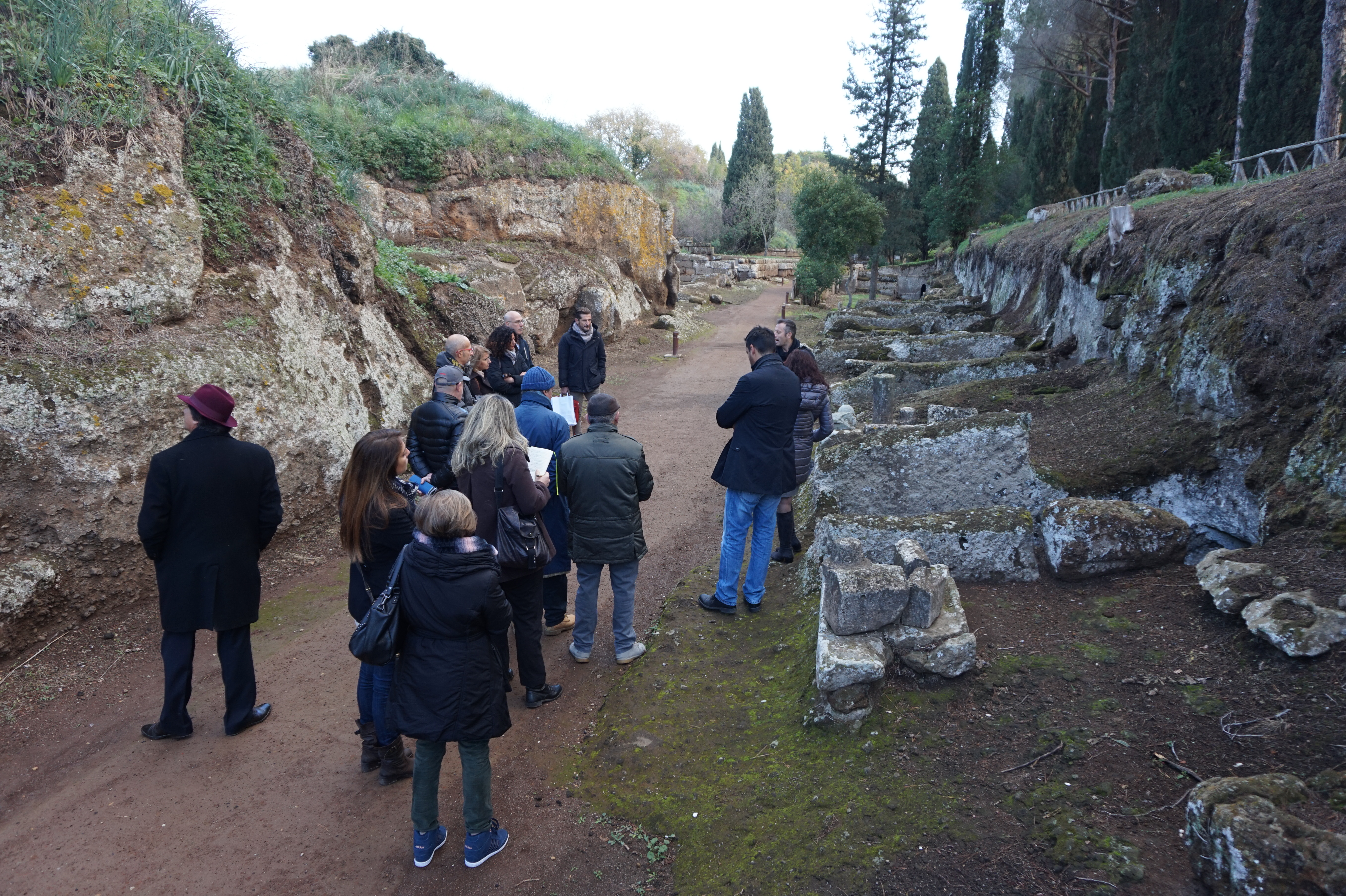

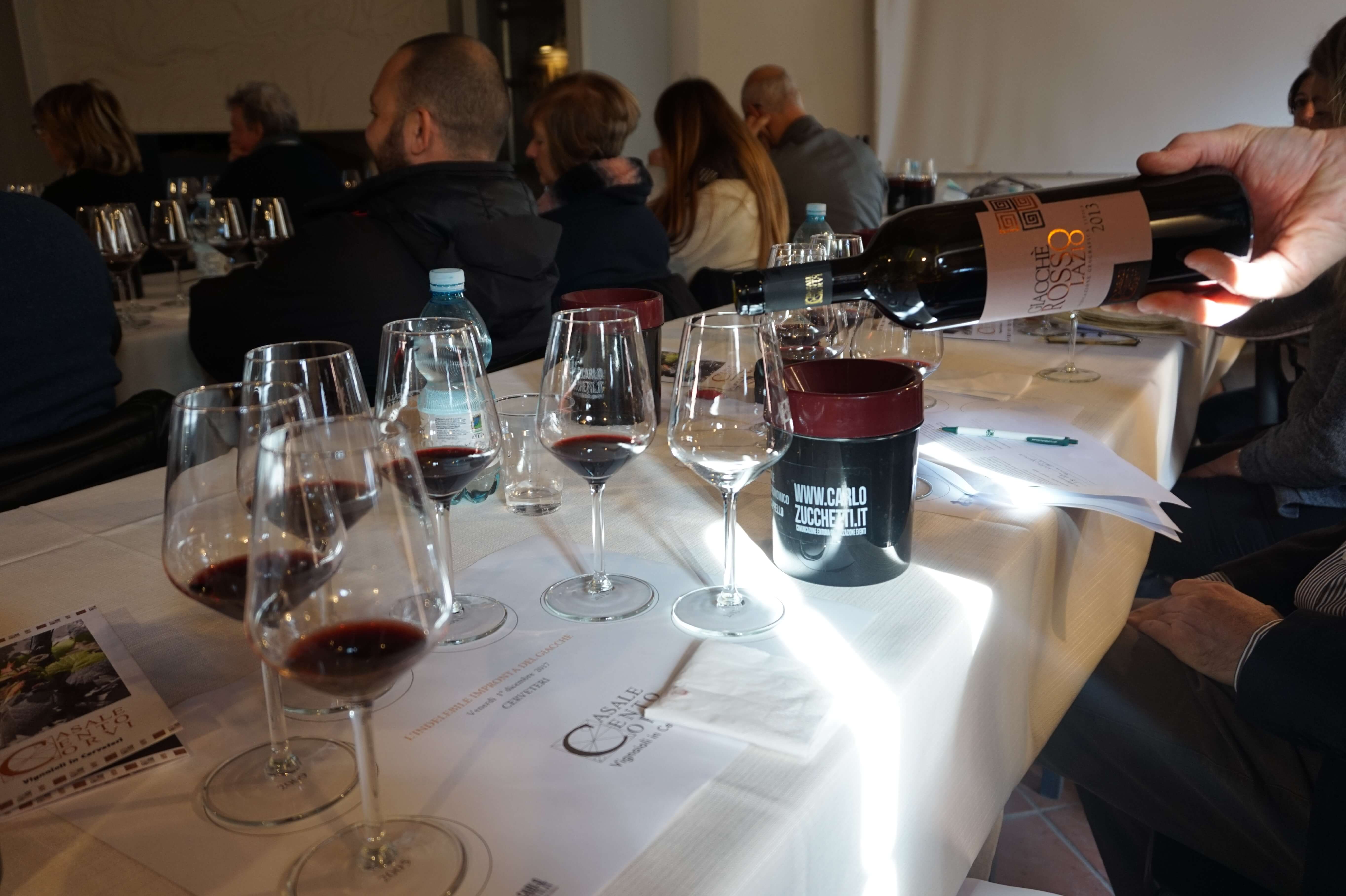



 Ceres Anesidora I, il vino più iconico di Ômina Romana antesignano dei vini "Super Roman"
Ceres Anesidora I, il vino più iconico di Ômina Romana antesignano dei vini "Super Roman" VINO, SOSTENIBILITÀ: CREALIS LANCIA “SYMBIOSIS”, L’INNOVATIVO CAPSULONE DA SPUMANTE PAPER-BASED
VINO, SOSTENIBILITÀ: CREALIS LANCIA “SYMBIOSIS”, L’INNOVATIVO CAPSULONE DA SPUMANTE PAPER-BASED  Dove nasce la supercazzola (no, non è Report*)
Dove nasce la supercazzola (no, non è Report*)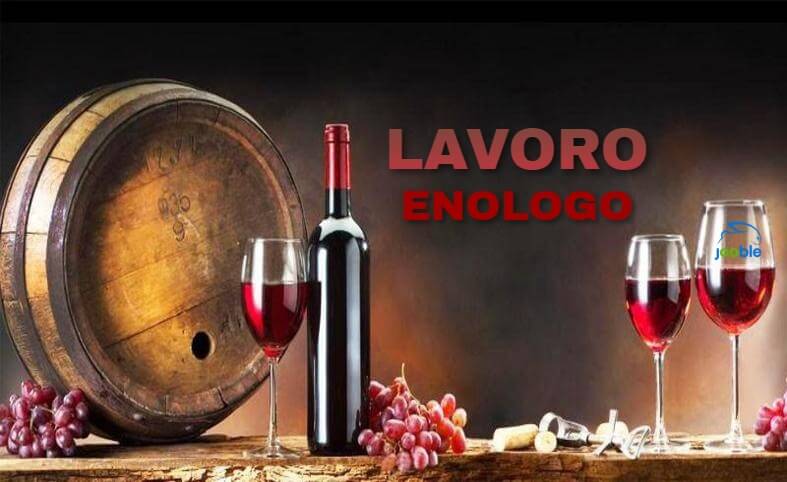



[…] ENGLISH version […]